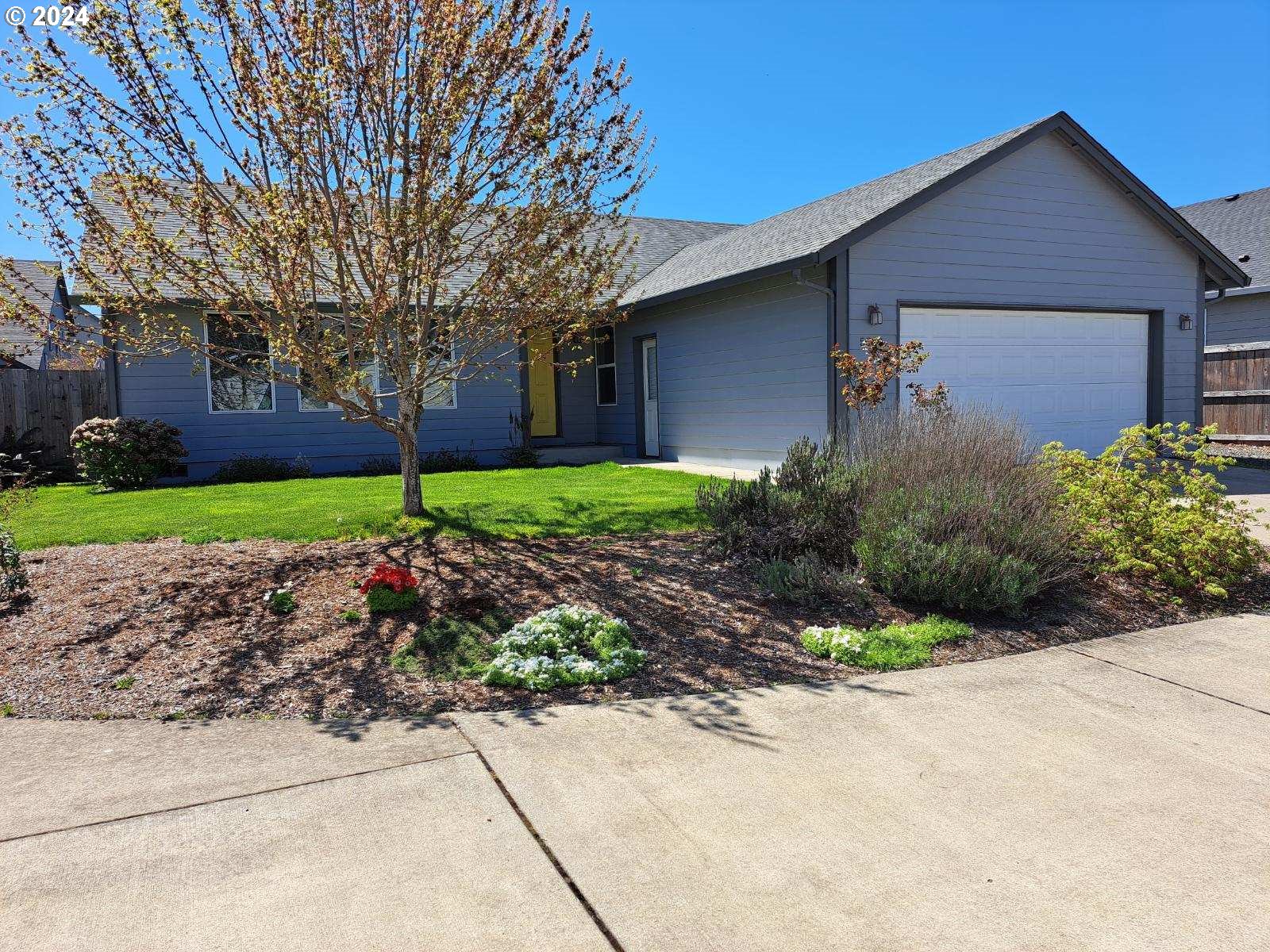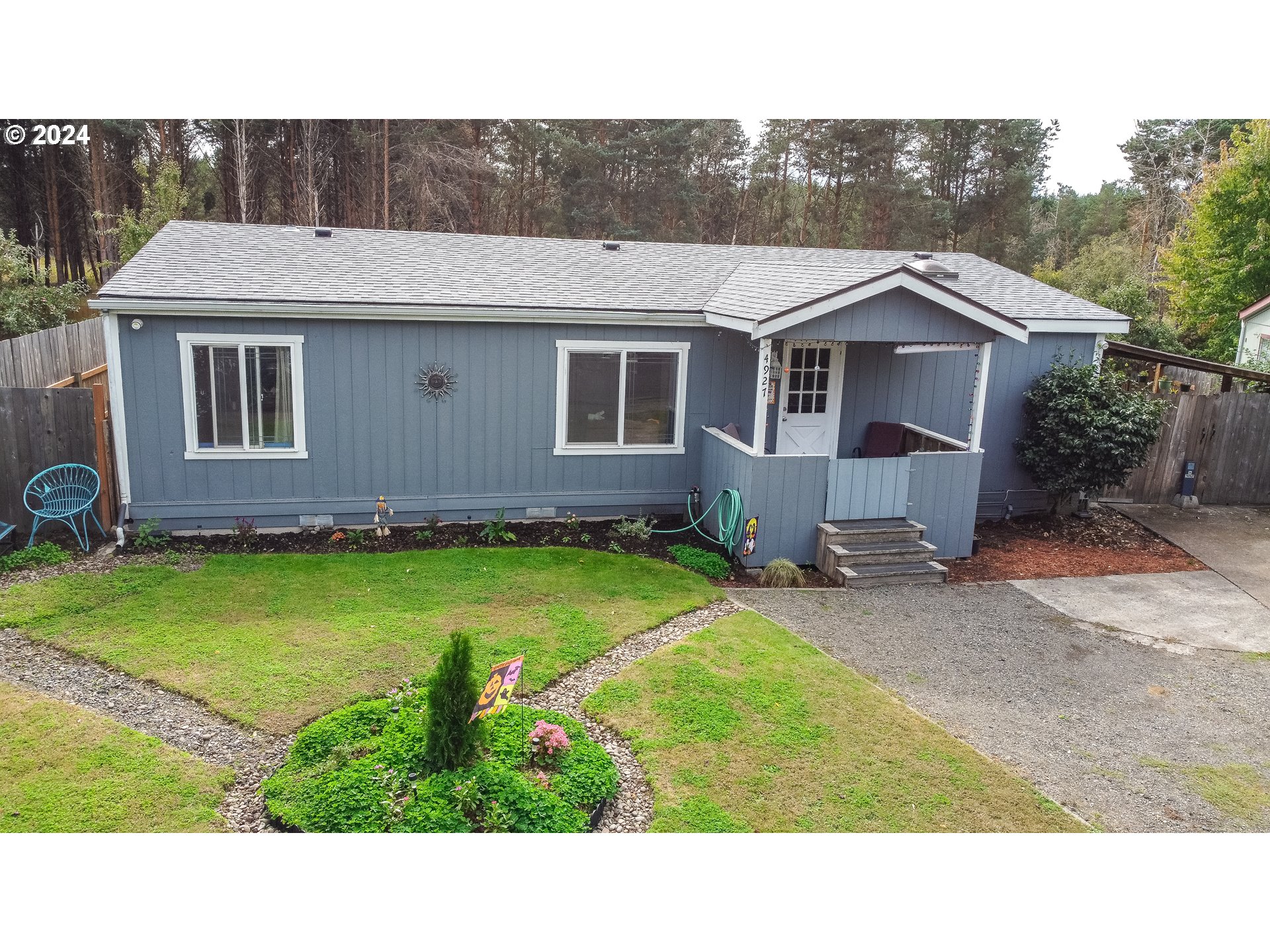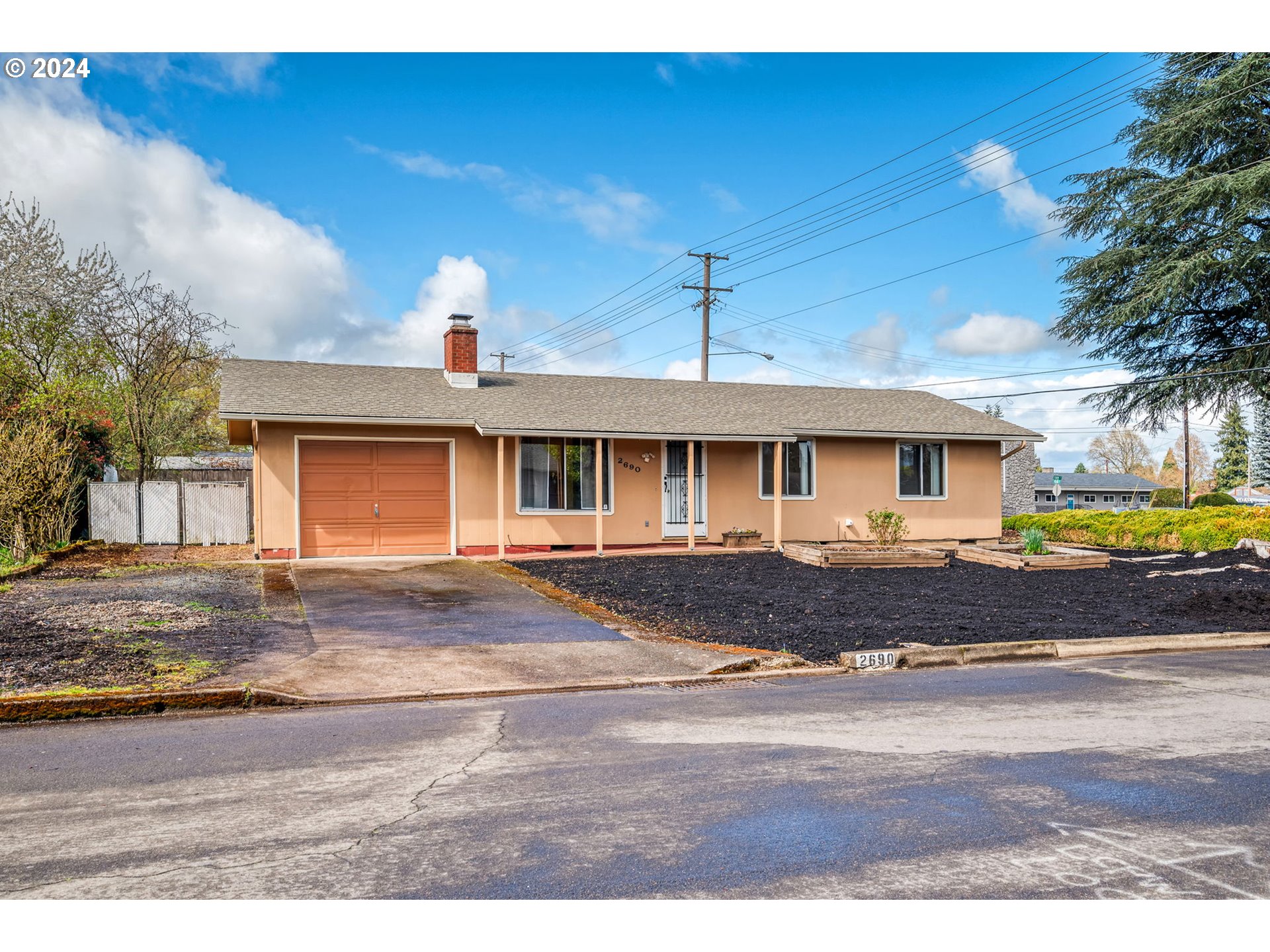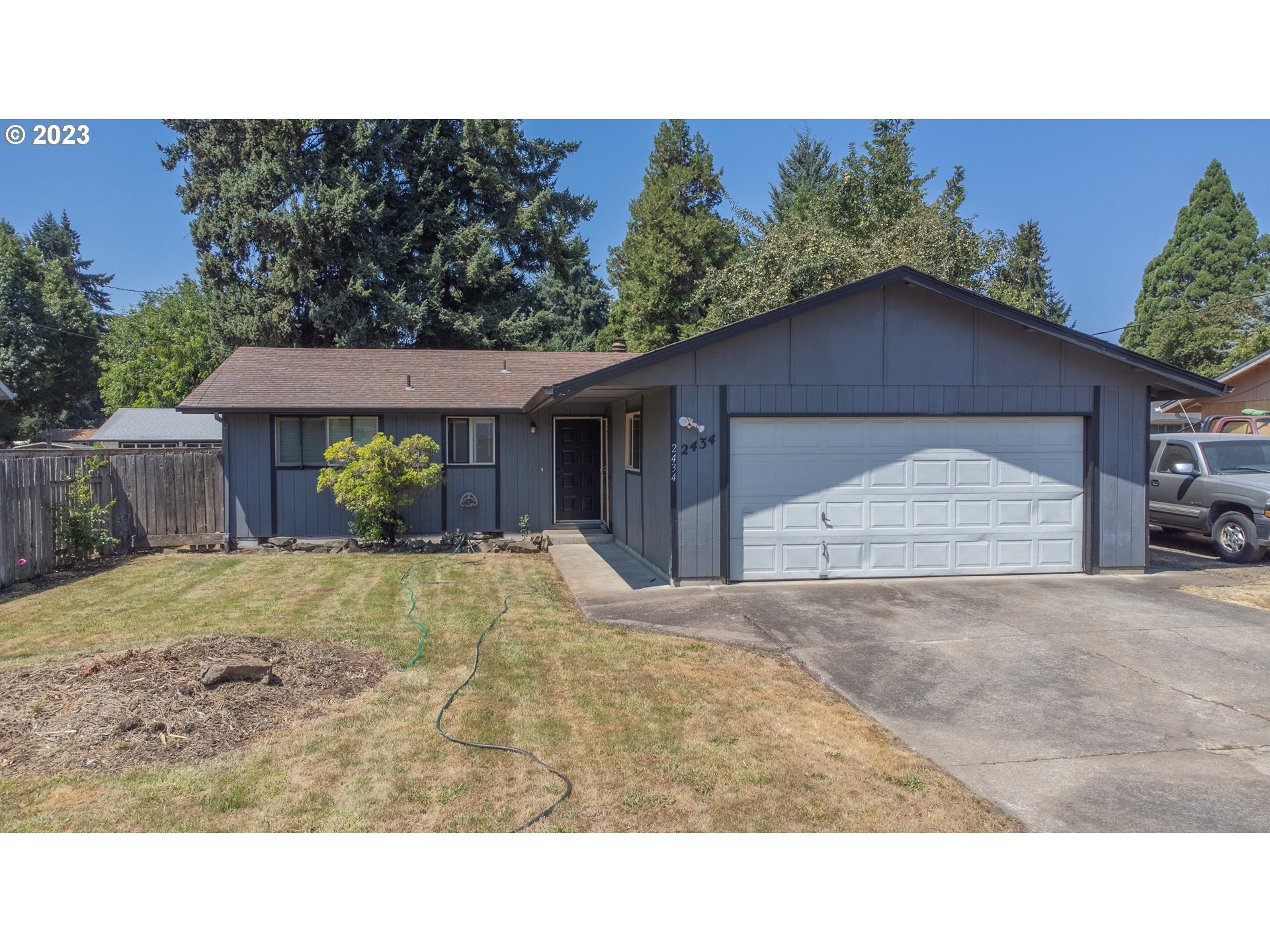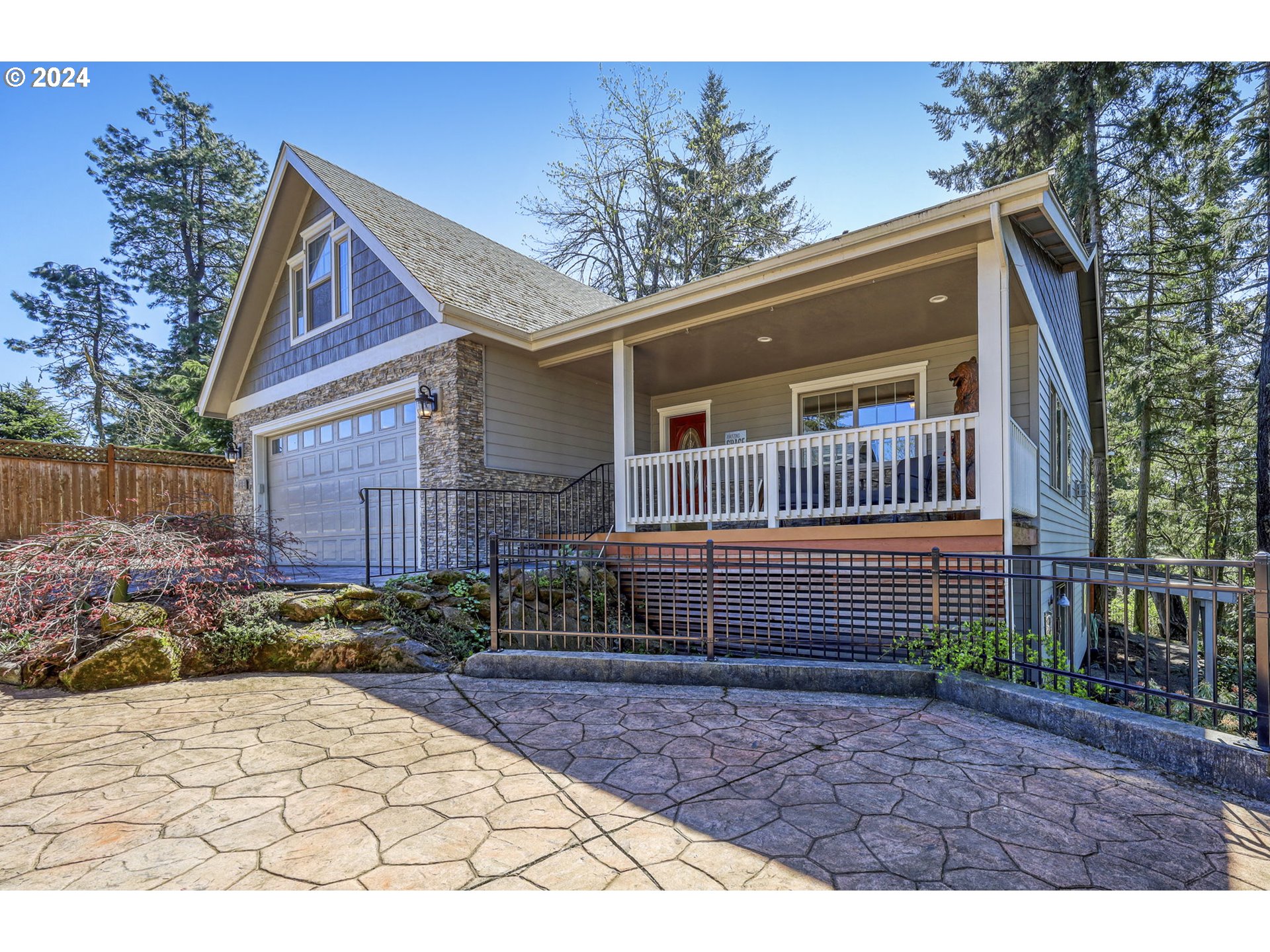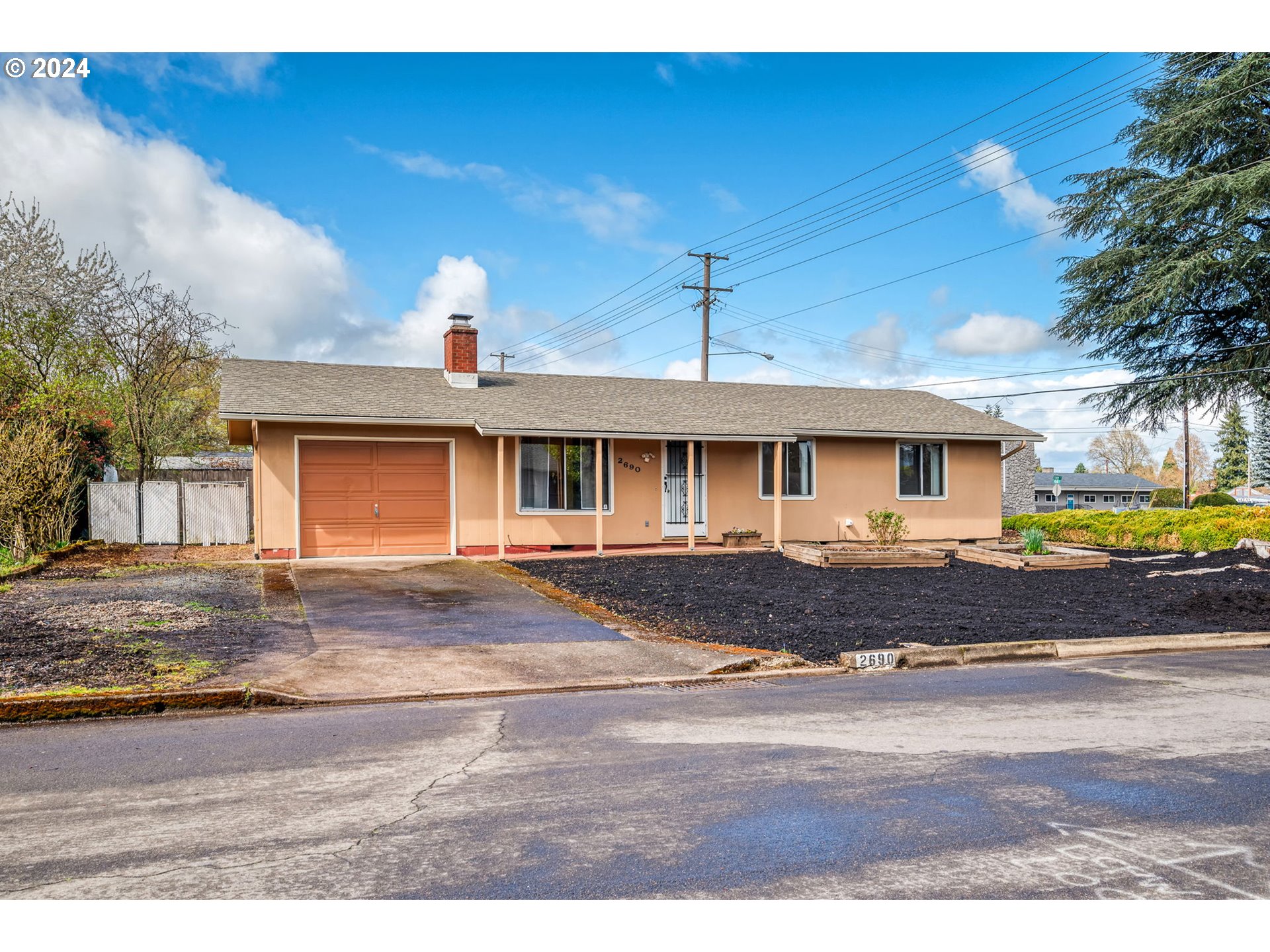It Feels As If The Housing Market Is Beginning To Cool Off
Good Monday Morning!
It now feels as if the housing market is beginning to cool off in the Eugene and Springfield area. Homes are now taking longer to sell, and for the most part, the rush of buyers looking at new homes coming on the market seems to have gone away. At the same time, home prices remain stubbornly high, and mortgage interest rates have increased instead of decreased. If the inventory of homes for sale does continue to increase, it's a sure bet that home prices will begin to decrease. Within a few more weeks, we will certainly have a very good idea as to where the housing market is heading in the forseeable future. The following is a recent update on the national housing market from "Realtor.com."
The spring housing market is officially over, and home sales fizzled out in the last full month of the season.
Sales of existing homes shrank by 0.7% in May compared with April, according to a recent report from the National Association of Realtors®.
Sales also fell annually, dipping 2.8% from May 2023 to a seasonally adjusted annual rate of 4.11 million homes.
Yet low inventory might be the least of homebuyers’ hurdles as the summer market heats up. Median home prices skyrocketed 5.8% annually from $385,800 in May 2023 to $419,300—the highest home price ever recorded. May also marks the 11th month in a row of annual price increases.
“Home prices reaching new highs are creating a wider divide between those owning properties and those who wish to be first-time buyers,” said NAR Chief Economist Lawrence Yun in a statement. “The mortgage payment for a typical home today is more than double that of homes purchased before 2020.”
Stubborn mortgage rates continue to toggle above and below the 7% benchmark, averaging 6.87% for 30-year fixed loans in the week ending June 20, according to Freddie Mac.
Sluggish sales can be traced back to these high rates, which have many sellers “locked in” to their existing low mortgage rates and unwilling to trade them for a rate that could be double what they currently pay.
“The combination of high home prices and elevated mortgage rates has proved to be challenging for the housing market, weighing down sales activity,” Realtor.com® Chief Economist Danielle Hale said in a statement.
Who bought homes in May
High mortgage rates did not deter first-time homebuyers in May, who accounted for 31% of sales compared with 33% in April and 28% in May 2023.
Of the total home sales, 28% were all-cash buyers, the same percentage as last month’s. Individual investors or second-home buyers, a large percentage of cash buyers, bought 16% of existing homes in May, which matched the 16% seen in April and up from 15% in May 2023.
Only 2% of sales were foreclosures and short sales, a number that remained unchanged from last month and last year.
Where home sales are rising and falling the most
Sales slipped modestly from April to May in the South, yet remained exactly the same for the same period in the West, Northeast, and South. The Midwest was the only region that saw home sales rise year over year.
Sales declined by 1.6% in the South month over month, falling 5.1% from the prior year. The median price in the South was $374,300, up 3.6% from last year.
The Northeast saw sales slip 4% from May 2023. The median price was $479,200, up 9.2% from the prior year.
The existing-home sales in the West dropped 1.3% from the year prior. The median price reached $632,900, a 5.5% jump from May 2023.
In the Midwest, existing-home sales were unchanged from April to May but were up 1% from one year ago. The median price was $317,100, up 6.4% from May 2023.
“Eventually, more inventory will help boost home sales and tame home price gains in the upcoming months,” said Yun.
An opportunity for buyers
The total number of unsold existing homes increased by 6.7% from the previous month, reaching 1.28 million at the end of May. Based on the current monthly sales pace, this amount represents a 3.7-month supply of available homes.
“Increased housing supply spells good news for consumers who want to see more properties before making purchasing decisions,” said Yun.
Have An Awesome Week!
Stay Healthy! Stay Safe! Remain Positive! Trust in God!
THIS WEEKS HOT HOME LISTING!
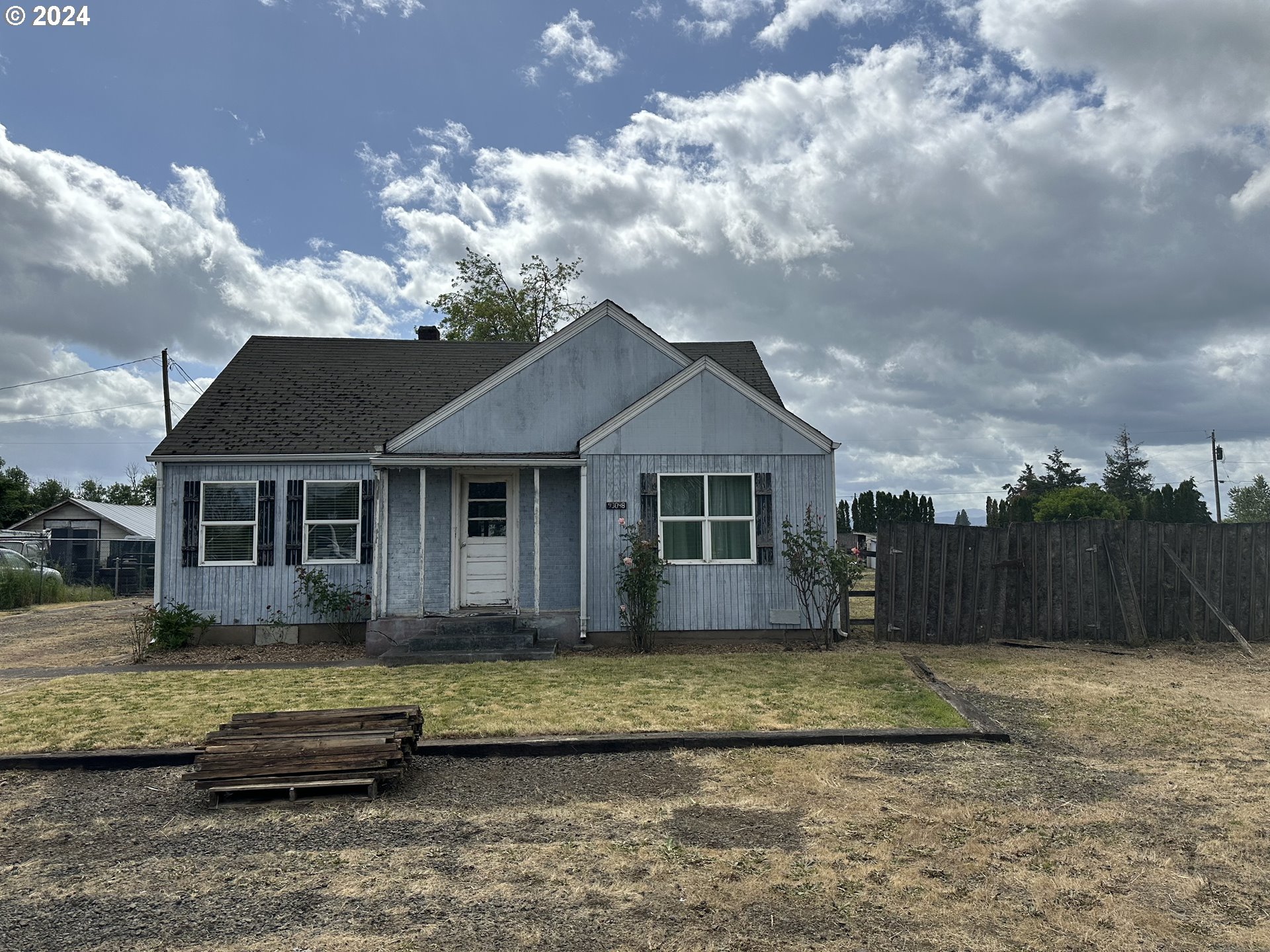
93048 Hwy 99 S, Junction City, OR
Price: $450,000 Beds: 3 Baths: 1.0 Sq Ft: 1205
Great potential. House is in good shape but needs cosmetics. Sale includes a 3 bay, 35'X 55" shop. Property is currently in county, but in UGB. Could easily be annexed and connected to city services. Potential for being re-zoned to commercial. The l... View this property >>



